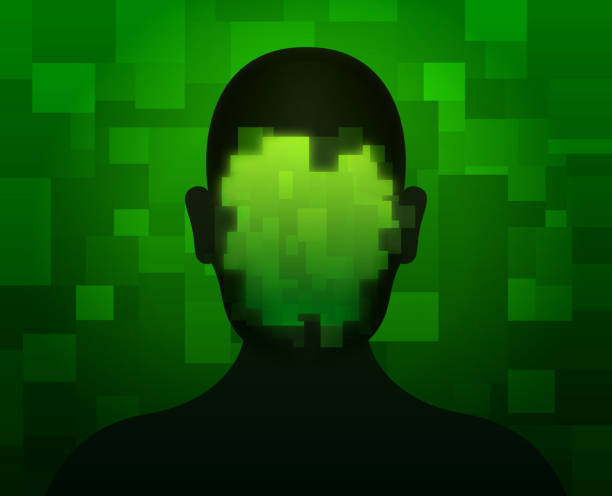Deepfake technology has advanced rapidly in recent years, making it increasingly difficult to distinguish between real and artificially generated content.

While deepfakes have potential in entertainment and media, they also pose serious risks, from spreading misinformation to enabling fraud. Understanding how to identify and prevent deepfake content is crucial in an era where digital deception is more sophisticated than ever.
What are deepfakes?
Deepfakes are AI-generated videos, images, or audio recordings that manipulate real footage to create misleading content. By using deep learning techniques, these algorithms can convincingly replace faces, alter voices, and fabricate scenarios that never actually happened.
While deepfakes can be used for creative purposes, such as film production and satire, they are increasingly exploited for malicious activities, including political manipulation, financial scams, and identity theft.
How to spot deepfake content
Although deepfake technology is becoming more advanced, there are still telltale signs that can help identify fraudulent content:
- Unnatural facial movements – Deepfake videos often struggle to replicate natural blinking, lip synchronisation, or subtle facial expressions.
- Inconsistent lighting and shadows – Lighting inconsistencies, unnatural shadows, or mismatched reflections can indicate digital manipulation.
- Blurring or distortion – Pay attention to distorted edges, blurred areas, or inconsistent skin textures, especially around the eyes and mouth.
- Unnatural voice or speech patterns – Deepfake audio may exhibit robotic intonations, unusual pauses, or mismatched lip movements.
- Metadata inconsistencies – Checking the file’s metadata or reverse-searching images can help verify authenticity.
How to stop the spread of deepfakes
Preventing the misuse of deepfake technology requires a combination of awareness, technological solutions, and responsible digital practices. Here are some key strategies to help combat the spread of deepfake content:
- Verify sources – Always cross-check information with reputable sources before sharing suspicious content.
- Use deepfake detection tools – AI-based tools, such as Microsoft’s Video Authenticator and Google’s Deepfake Detection Challenge models, help analyse media for signs of manipulation.
- Educate yourself and others – Raising awareness about deepfake dangers helps create a more informed public that is less likely to fall for digital deception.
- Advocate for regulations – Supporting policies and regulations that address deepfake misuse can help curb the spread of harmful content.
- Enhance digital literacy – Encouraging critical thinking and fact-checking habits can reduce the impact of deepfake misinformation.
The future of deepfake detection
As deepfake technology continues to improve, so too must the methods for detecting and preventing its misuse. AI-driven detection tools, blockchain-based content verification, and improved cybersecurity measures will play a crucial role in the fight against deepfake threats. However, individual vigilance and media literacy remain our first line of defence.
In a world where seeing is no longer believing, staying informed and sceptical is more important than ever. By understanding how deepfakes work and learning to spot them, we can help prevent the spread of digital deception and protect the integrity of information online.



